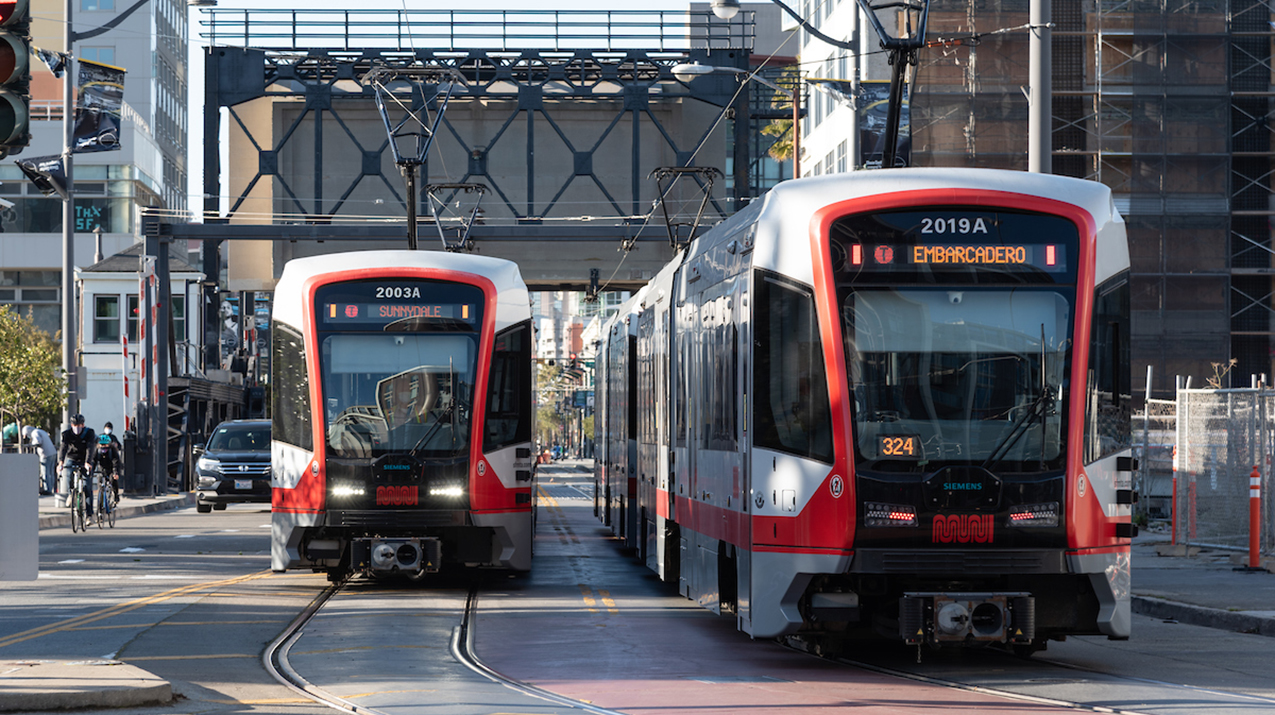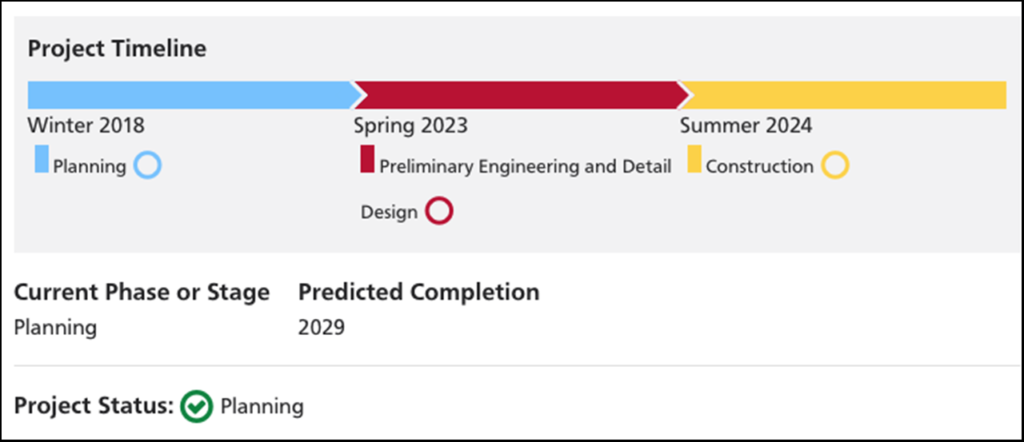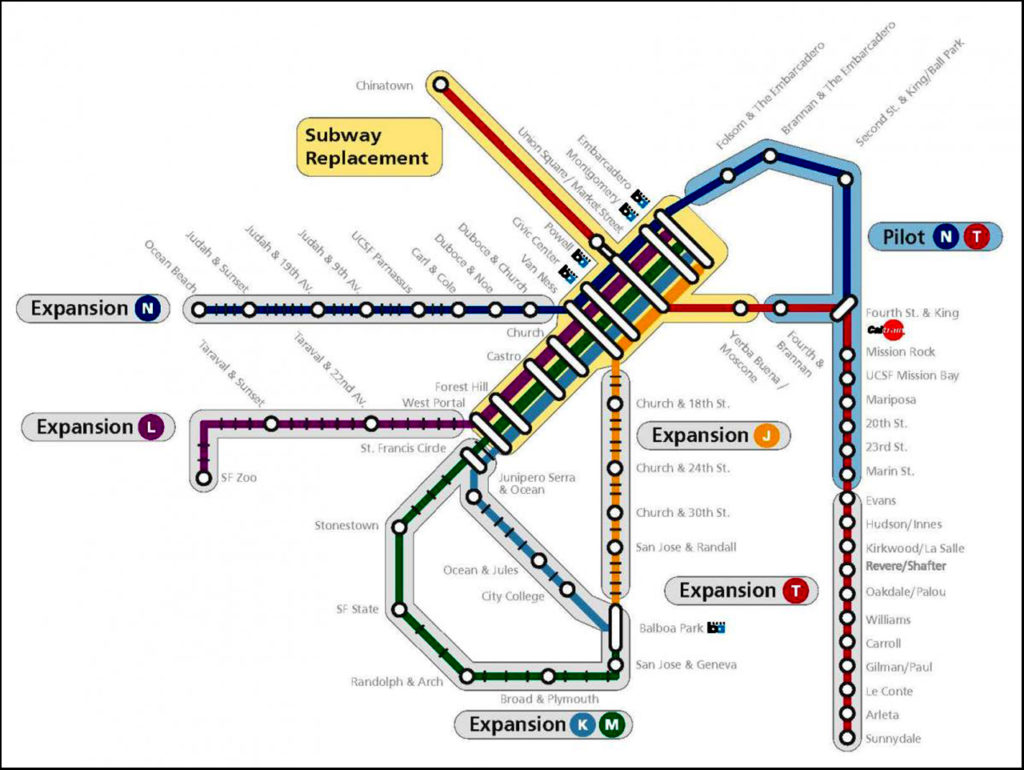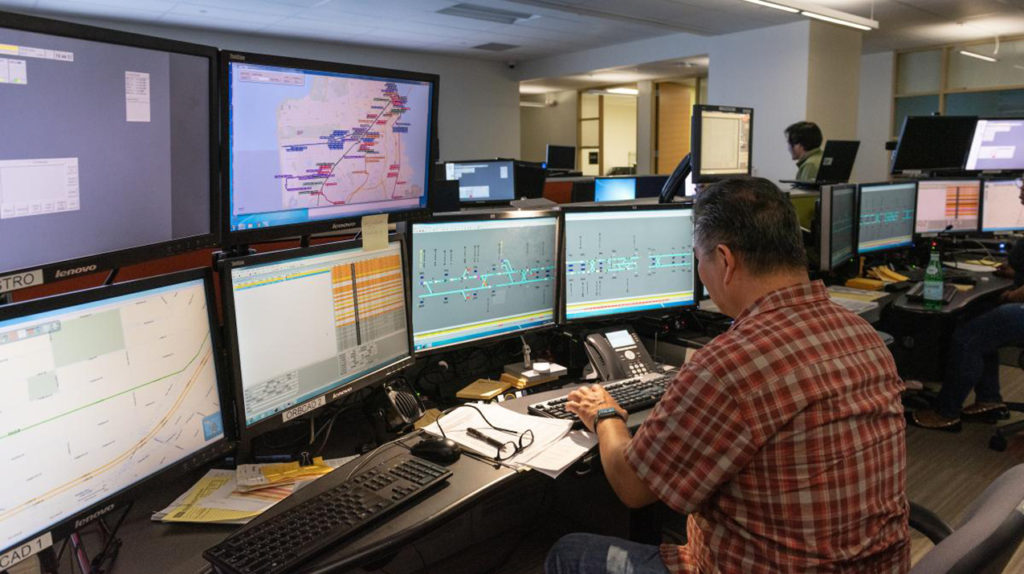
Muni ATCS Replacement Under Way
Written by William C. Vantuono, Editor-in-Chief
SFMTA photo
In 1998, the SFMTA (San Francisco Municipal Transportation Agency) Muni Metro was the first U.S. rail transit system to place CBTC (communications-based train control) in revenue service. Also known as TBTC (transmission-based train control), Muni’s ATCS (Automatic Train Control System), which employed a version of Alcatel’s SELTRAC inductive-loop technology, was installed in the subway portion of its light rail network. Muni’s Train Control Upgrade Project (TCUP) “will replace the current train control system in the subway and extend the modern system to street-level Metro operation for faster, more reliable service.”
Muni describes TCUP) as “a critical, once-in-a-generation investment to modernize and grow Muni Metro for decades to come. TCUP aims to replace the outdated system that controls our light rail vehicles in our subways and on surface rail with a new, state-of-the-art system.”

TCUP is projected to be completed in three phases. Phase 1 would pilot a new CBTC system at surface level along the Embarcadero and Third Street corridors, which serve high-traffic destinations such as Oracle Park, Chase Center, Mission Bay and UCSF, and install CBTC in the subway parallel with ATCS. Phase 2 would complete the transition in the Market Street subway from ATCS to CBTC. Phase 3 would expand CBTC to the surface branches of the J Church, K Ingleside, L Taraval, M Ocean View, N Judah and T Third lines. Muni says it is “on track to start building out the pilot phase of the new system by 2025.”
Muni says transitioning to CBTC system-wide is “critical,” for example, noting that ATCS was installed in the Market Street subway in 1998 and “still runs on floppy disks. This system was designed to last 20 to 25 years. Some of its parts are no longer available.” The agency cites CBTC’s well-established benefits, among them improved capacity and throughput, and continuous real-time train-to-train and train-to-wayside communications to “keep trains evenly spaced to prevent bunching and gaps for more consistent wait times and travel times that match the advertised frequency and make trip planning [for passengers] more reliable.“ Muni also cites that CBTC will “automatically push software updates to keep the system current—no more floppy disks!”

CBTC, Muni says, is expected to reduce Metro delays by 20-25% “on top of the reductions we’ve already achieved. In turn, this will allow us to run more trains through the whole Metro network, making travel faster and more efficient. Customers will no longer be ‘stuck‘ on trains between stations due to subway congestion or slow-moving trains with a communication failure.”

While a specific CBTC technology has not been selected, Muni notes that CBTC “uses Wi-Fi or cellular connections to precisely track and continually communicate with every LRV in service.” It will function like ATCS and use automatic headway management to adjust train speed and dwell time of trains. For surface operations, CBTC ”will communicate adjustments to Muni Metro operators. who will remain in control of the train. While GPS is currently used to track vehicles on the surface, CBTC telecommunications technology is more accurate and more directly accessible to staff in our Transit Management Center (TMC). CBTC would also allow Muni Metro trains to take advantage of transit priority signals, improving Metro travel times and reliability. Currently, a separate Vehicle Tagging System (VETAG) detects trains above ground and communicates to the nearby traffic signal to request priority for the train to pass while holding other traffic with a red light. However, this technology is also outdated and ineffective.“
Under ATCS, “it can be difficult to switch trains back in the event of delays and prevent vehicles from bunching up,” Muni notes. CBTC will enable “less bunching and fewer gaps and delays both in the subway and on surface rail.” It will also provide “fewer delays entering and exiting subway portals.” Currently, surface operations are manual, and trains have to connect to ATCS at the subway portal before entering the subway, “which causes train delays.” If initialization fails, which Muni says “is common,” the train has to move at restricted speed. Following trains are slowed and ”held back for safety, causing further delays.” With CBTC, trains will be connected to the control system at all times. On top of that, ATCS restricts trains length to two cars. CBTC will enable Muni to operate LRV consists longer than two cars
Environmental Benefits
“For almost 85 years, Muni has continuously operated a network of vehicles, including LRVs, that run on 100% greenhouse-gas-free Hetch Hetchy hydroelectric power,” SFMTA notes. “Our LRV fleet played a key role in reaching the San Francisco Climate Action Strategy goals in 2017. Upgrading the Muni Metro train control system from ATCS to CBTC will help the City meet future environmental goals by allowing the SFMTA to expand sustainable light rail transit for a growing ridership on the greenest transportation system in North America. TCUP is in line with the City’s voter-approved Transit-First Policy established in 1973. The policy prioritizes public transit, bicycling, and walking on San Francisco streets as an economically and environmentally preferable alternative to transportation by individual automobiles.Æ



